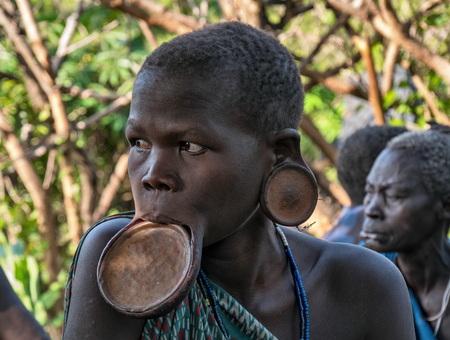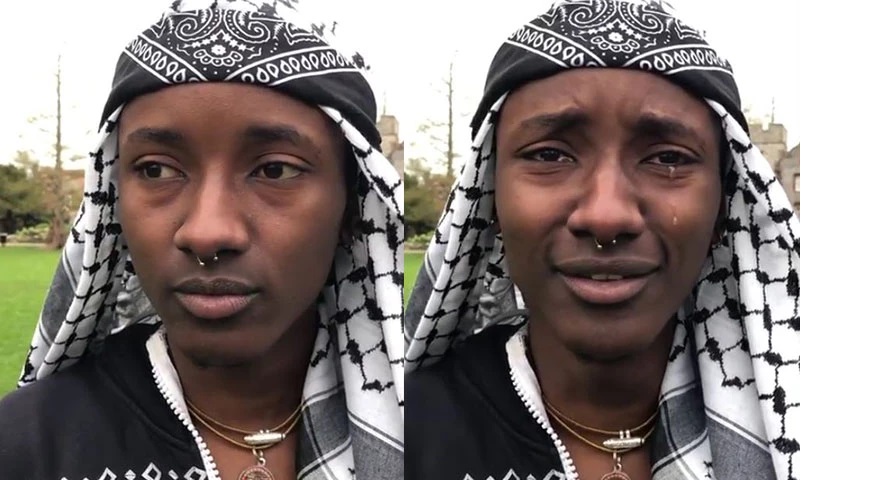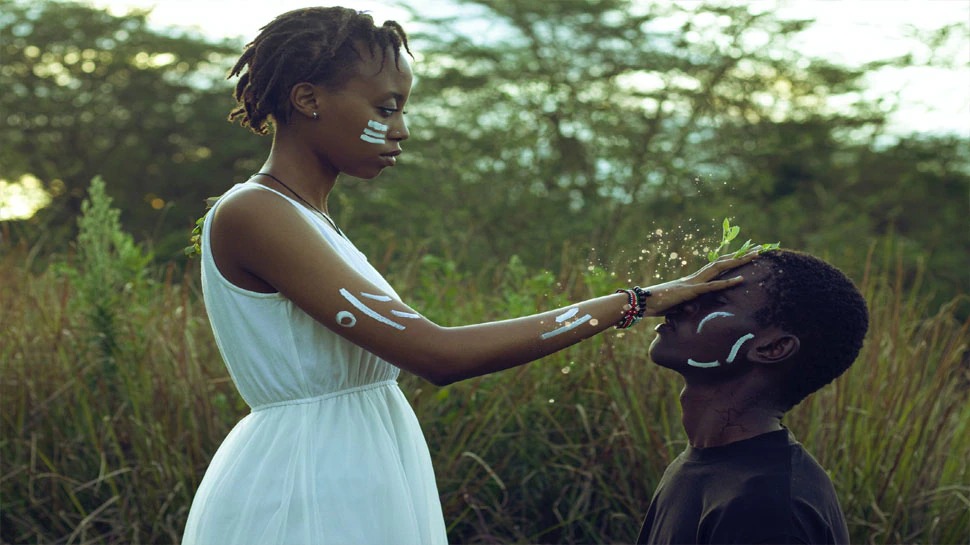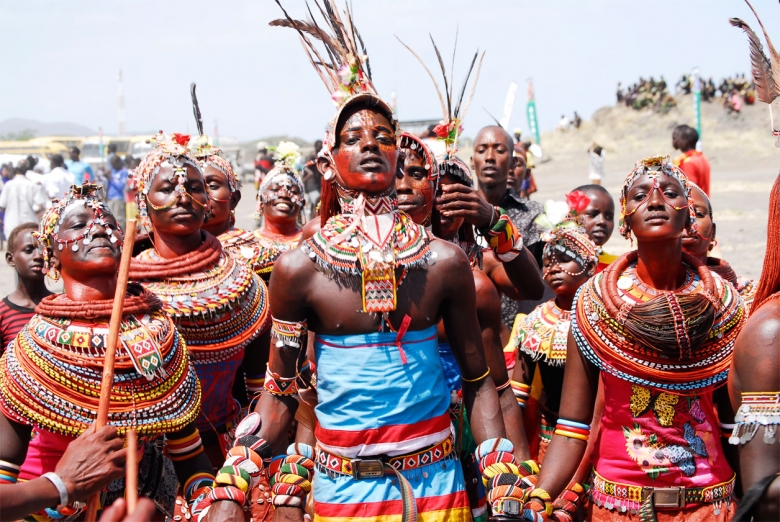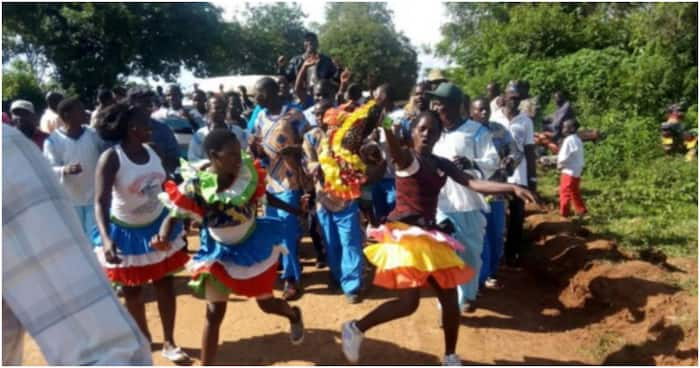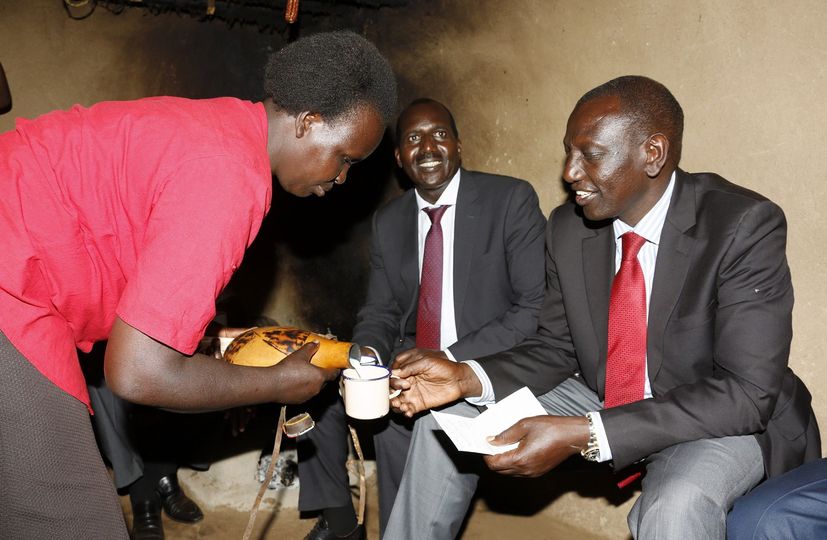Tribal societies have long been known for their distinctive customs and practices. These can range from religious rites to social norms and behaviours. Outsiders may find some of these practices unusual or even strange, but they are part and parcel of the culture and traditions of the tribes that practice them.
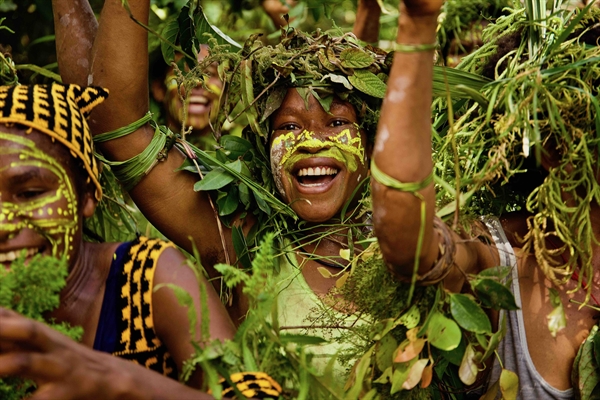
Surma is an Ethiopian tribe. Surma people are famous for their body painting and scarification rituals, which involve creating intricate designs on the skin with a combination of paint and scarring. The designs are symbolic and intended to tell a story about the individual's life and experiences.
The Mardudjara tribe of Australia is another tribe with strange practices. The Mardudjara are well-known for their subincision, or surgical modification of the penis. This practice, believed to be a symbol of strength and virility, is performed on young males as part of their initiation into adulthood.
Did you read this?
The Himba tribe of Namibia is well-known for their "smearing" practice. This activity is a tribal custom in which tribe members cover their skin in a mixture of butterfat and ochre, which turns their skin red. This practice protects their skin from the sun and keeps insects away. Polygamy, or having multiple spouses simultaneously, is also practised by the Himba.
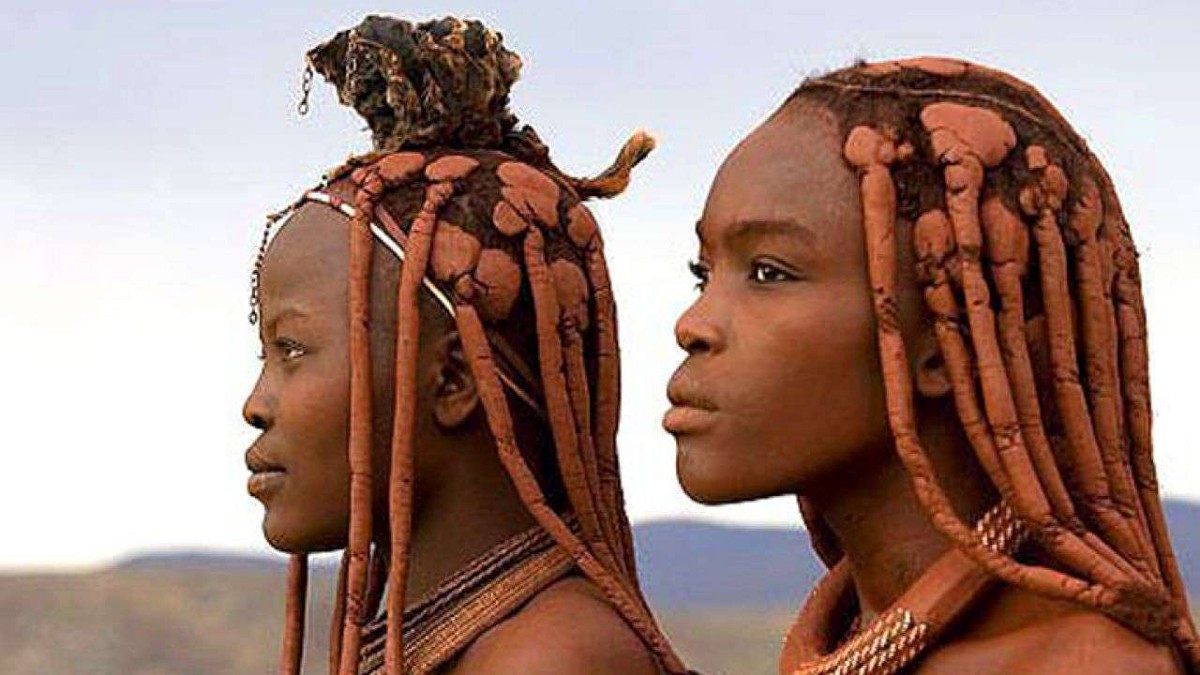
The Dani tribe of Papua New Guinea is well-known for their practice of "mokai," or the ritual killing of someone suspected of committing a serious crime. The tribe's leaders carry out this practice as a form of justice.
The Nepalese Kamaiya tribe is well-known for its practice of "bonded labour." This practice is a tradition in which children have to work for a set period to repay a debt owed by their parents. Although this practice is illegal in Nepal, it still continues in some rural areas.
The Gebusi tribe of Papua New Guinea has a ritualized homosexuality tradition in which young men engage in sexual relationships with older men to learn essential skills and gain status.

